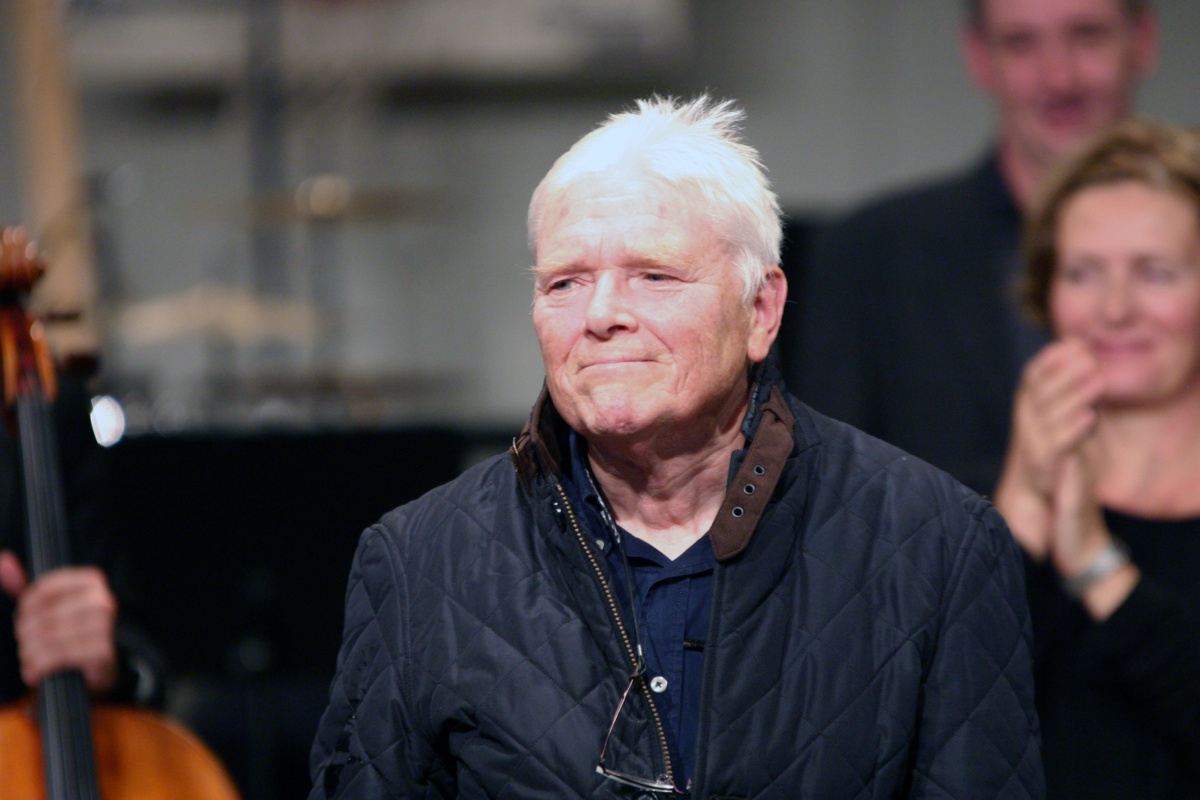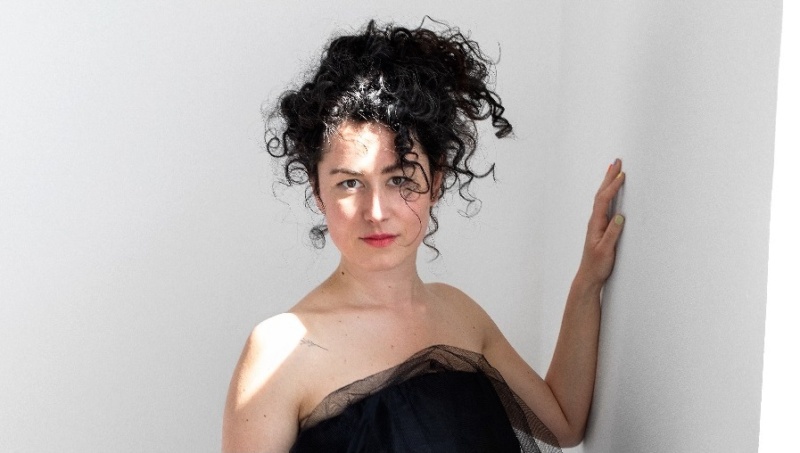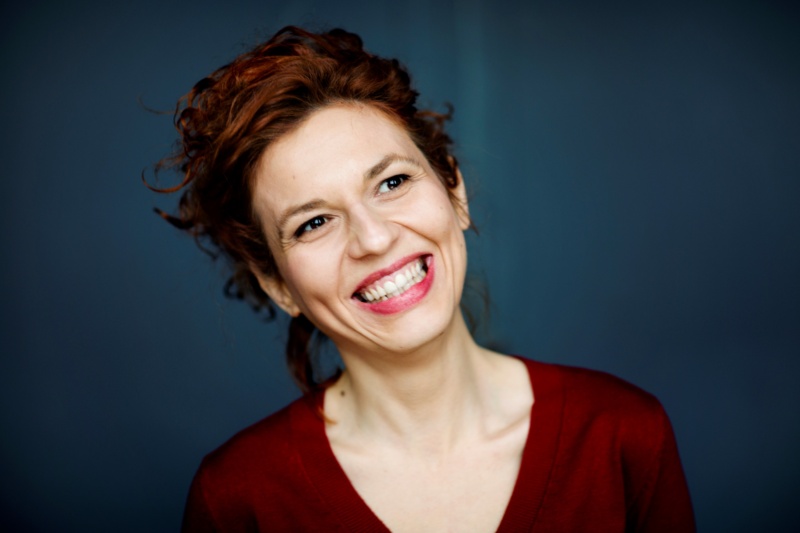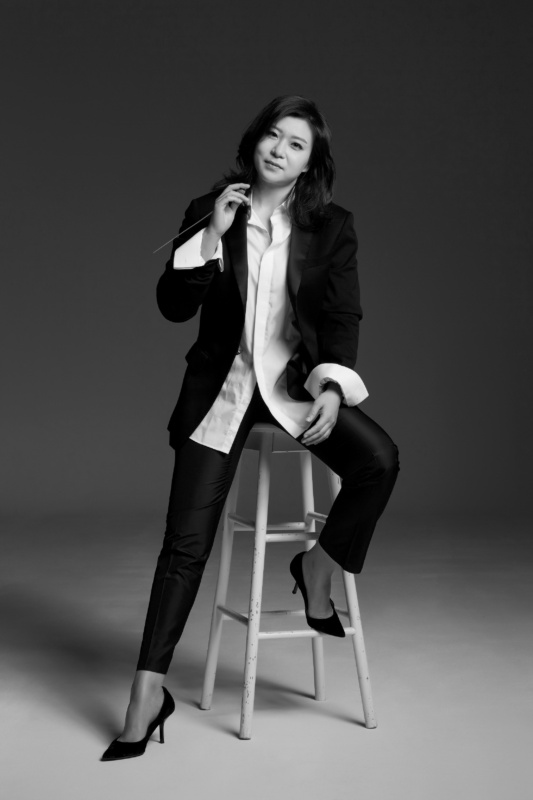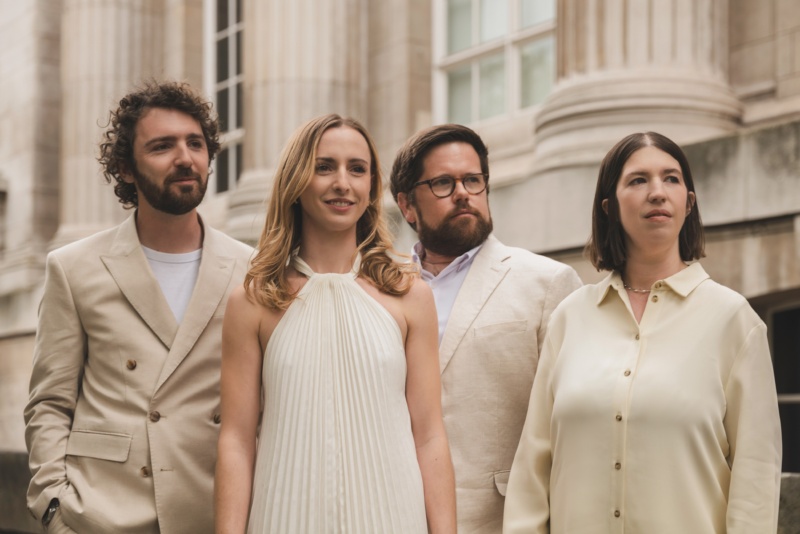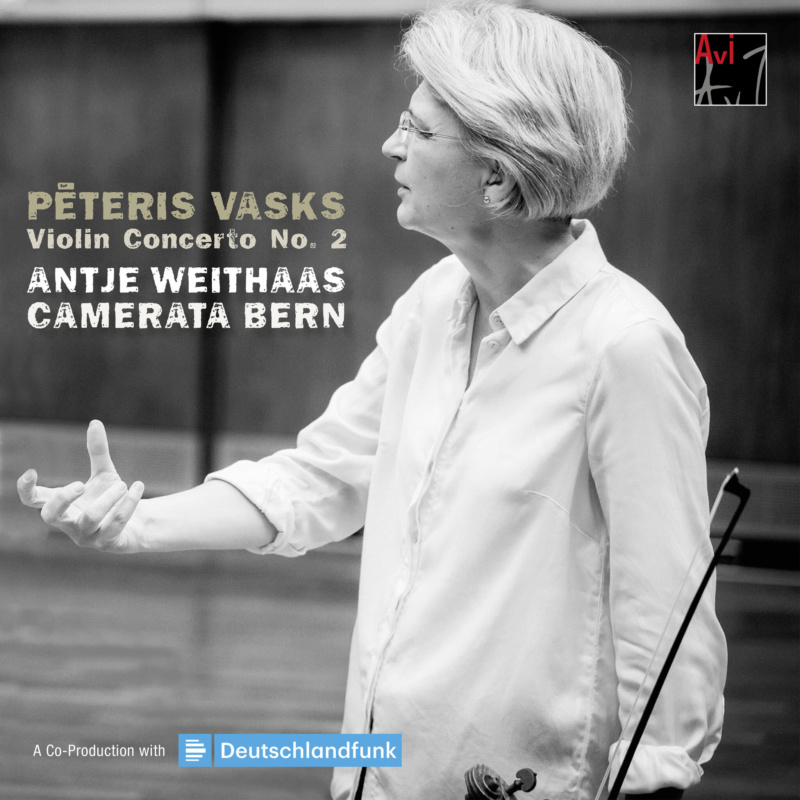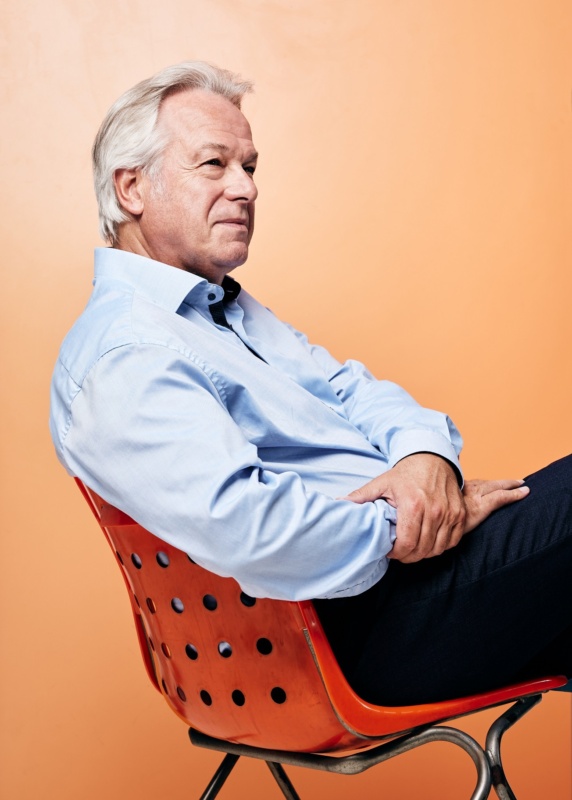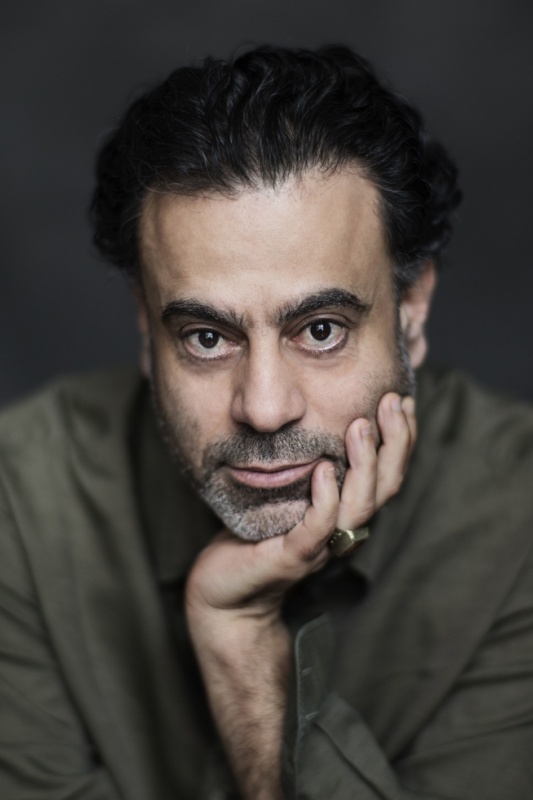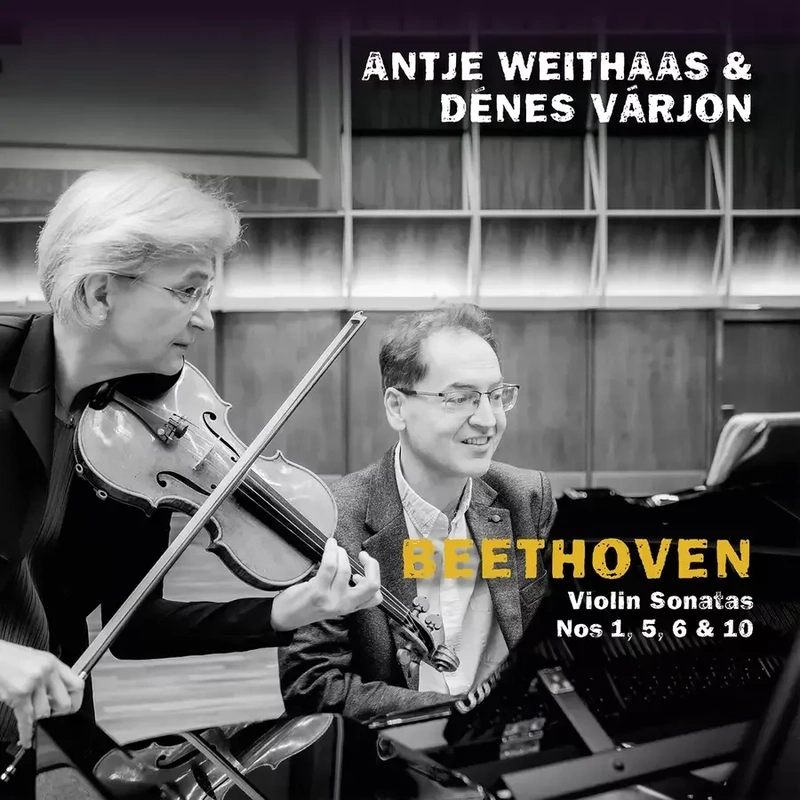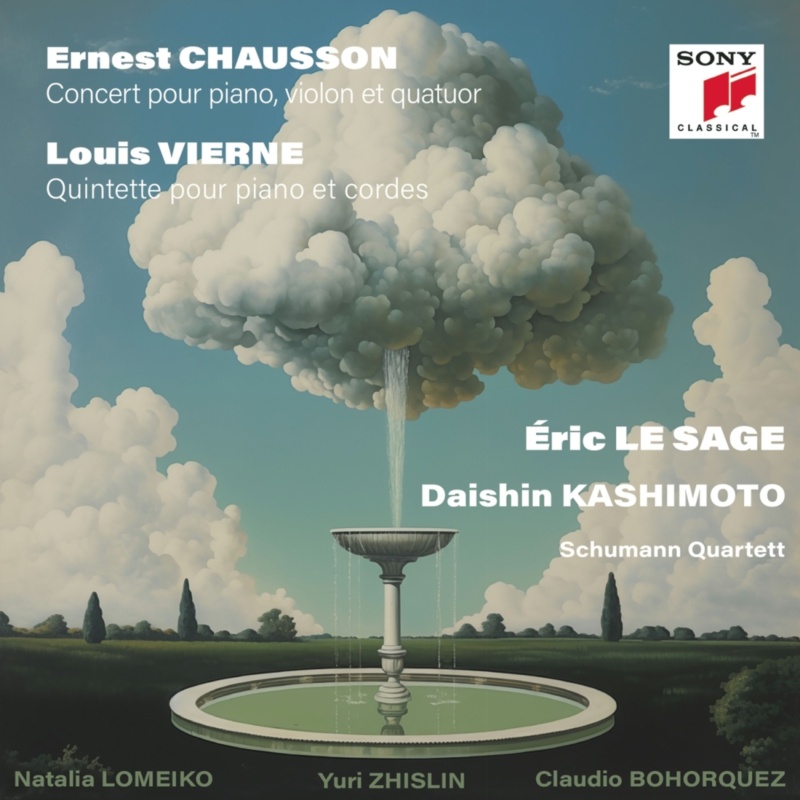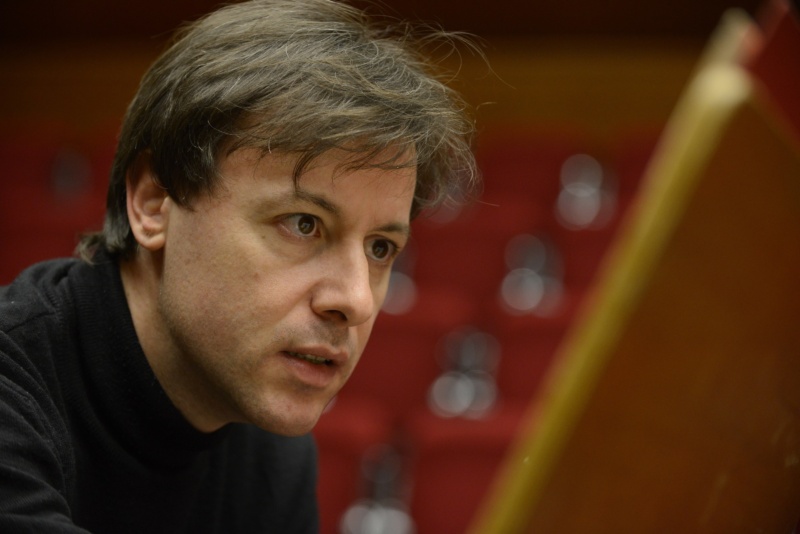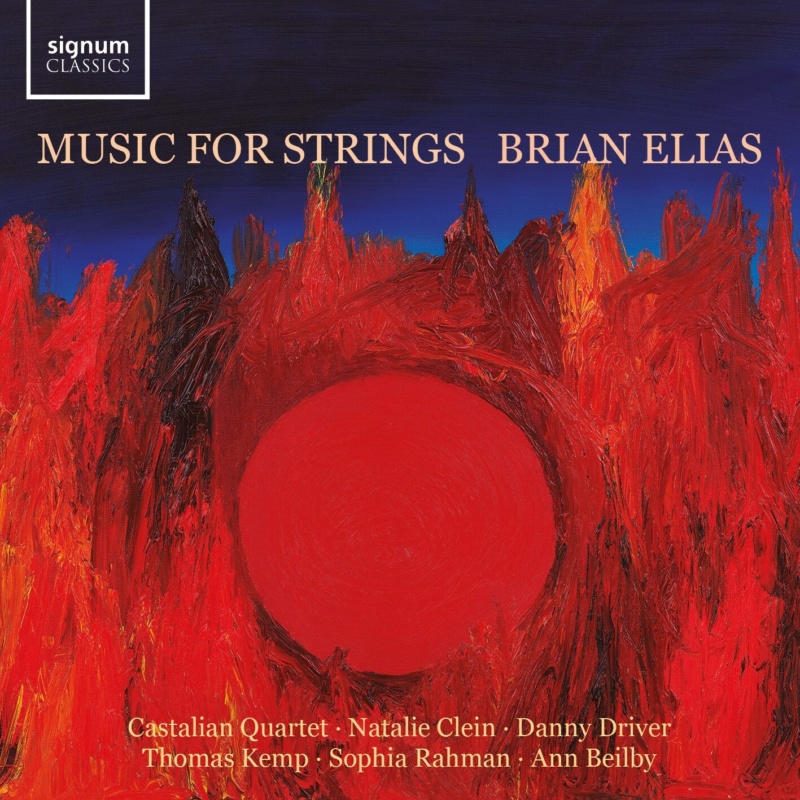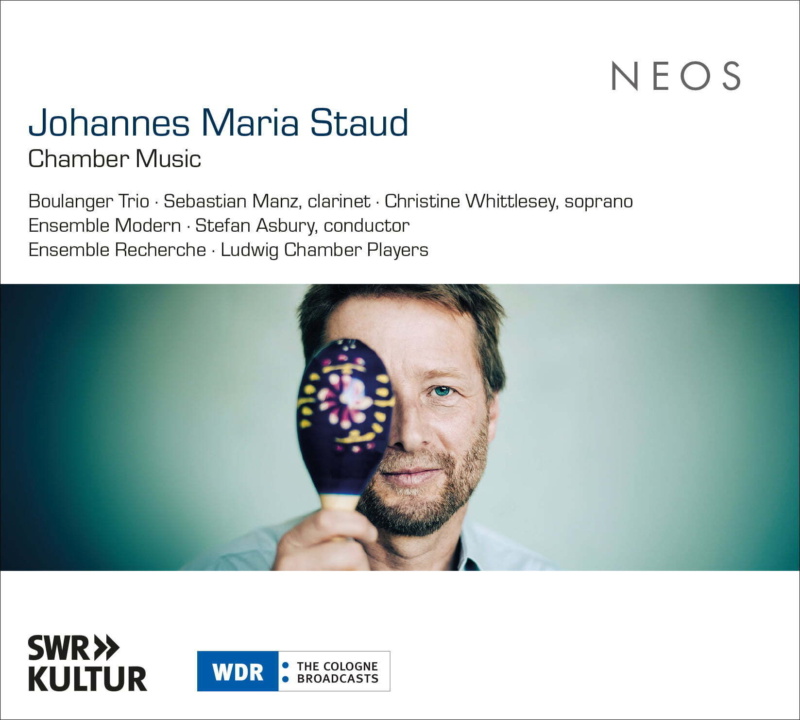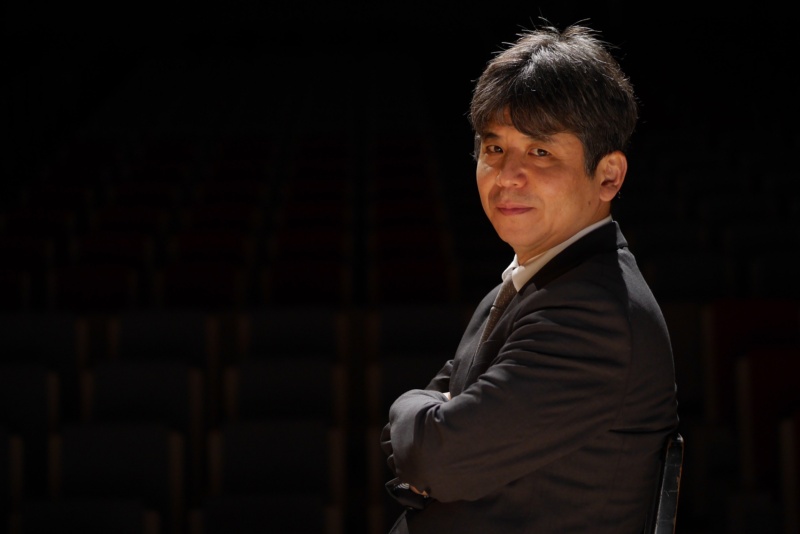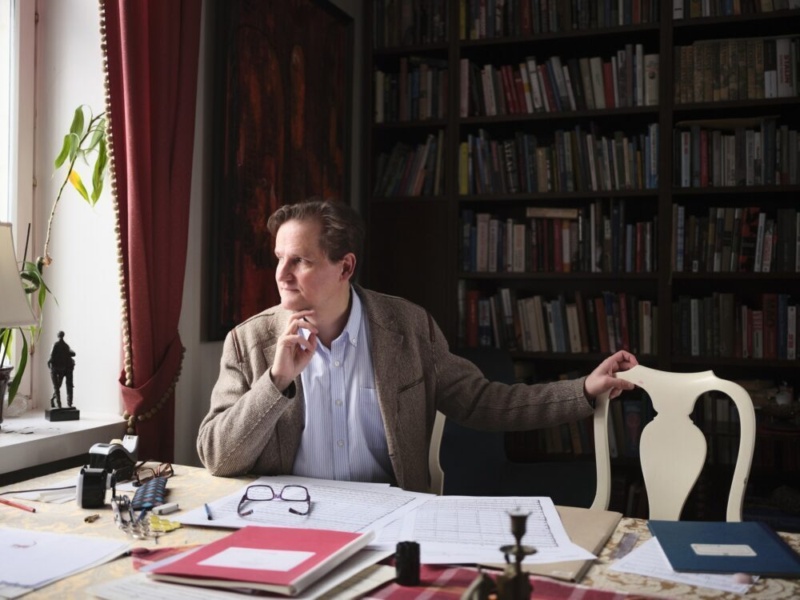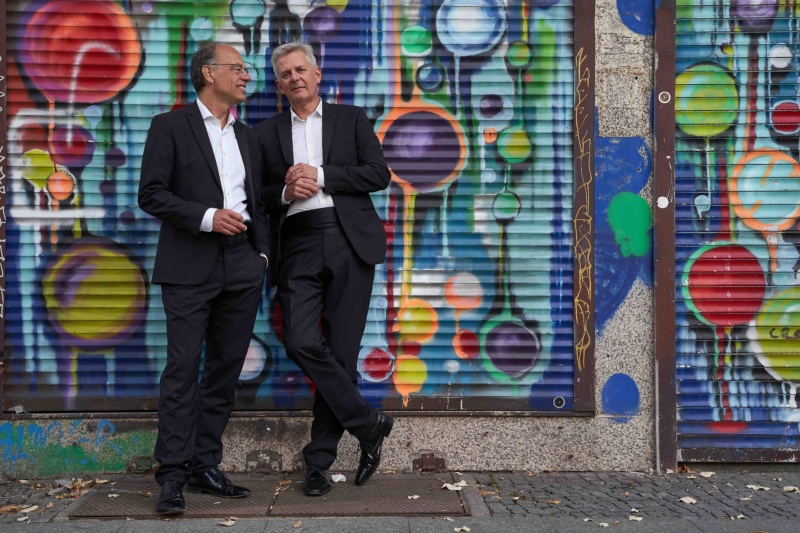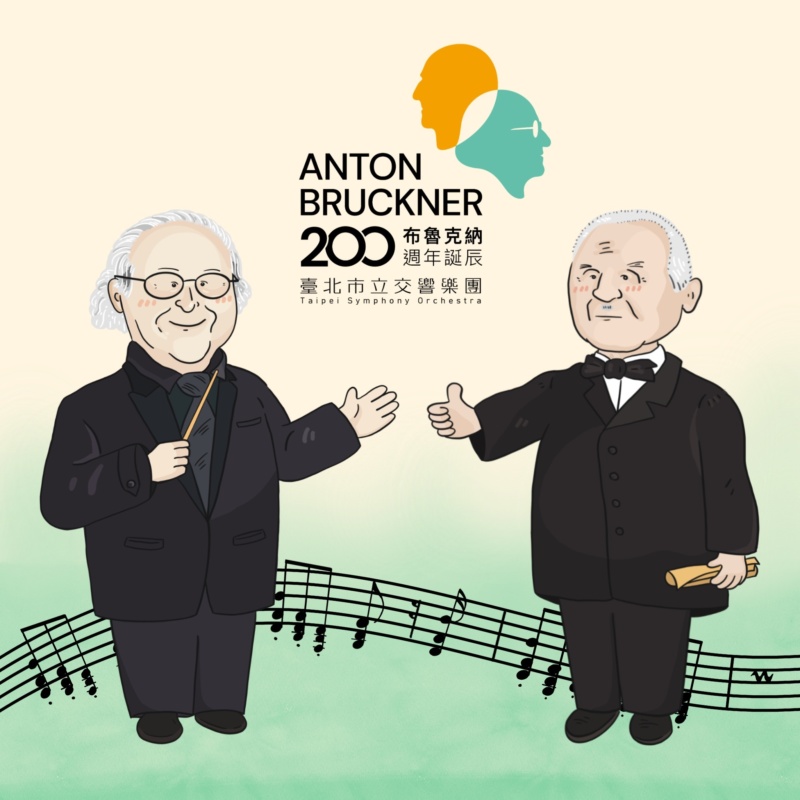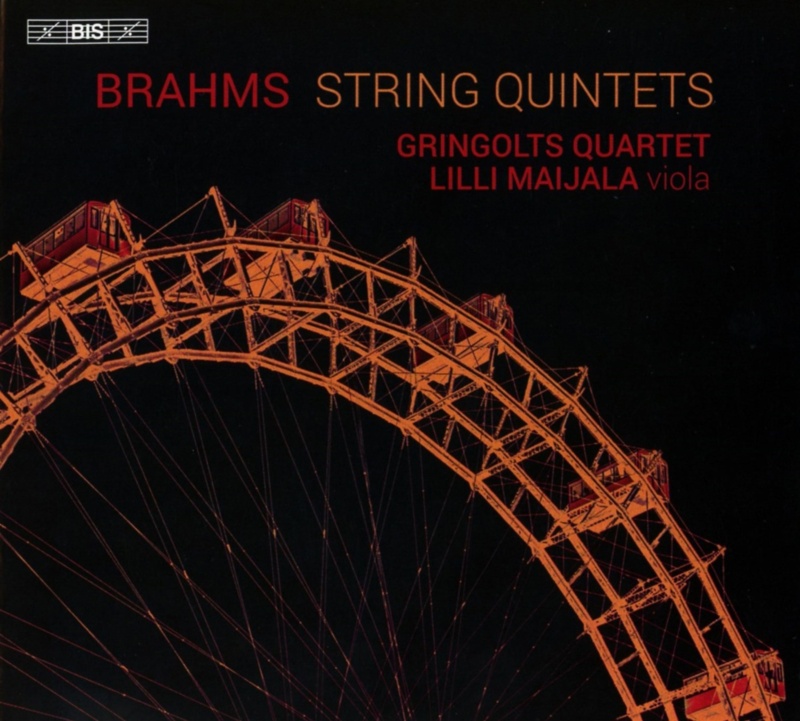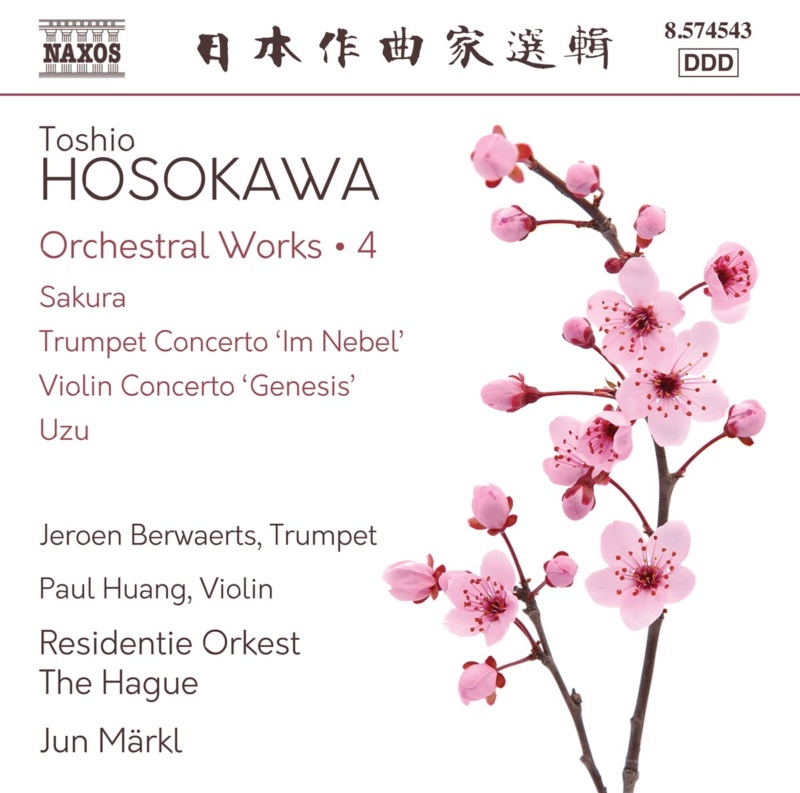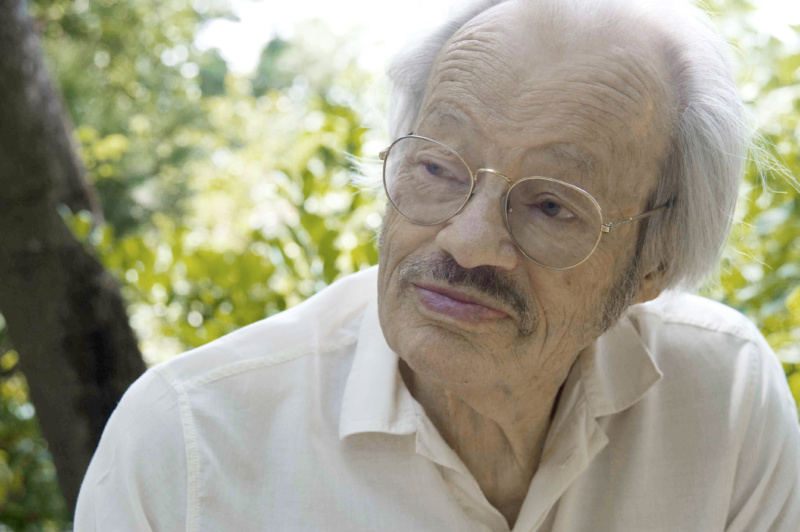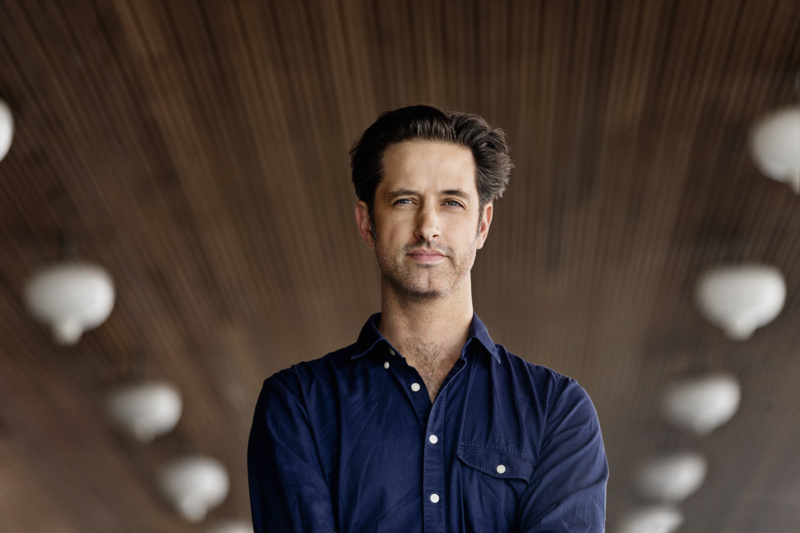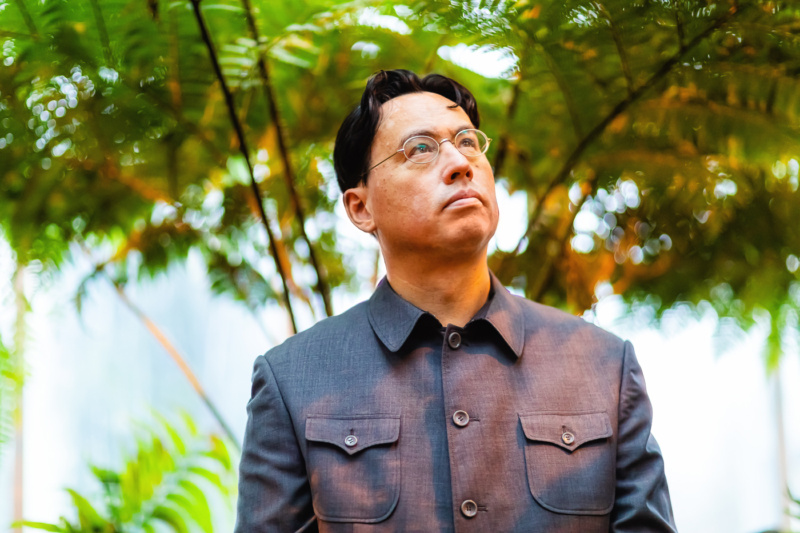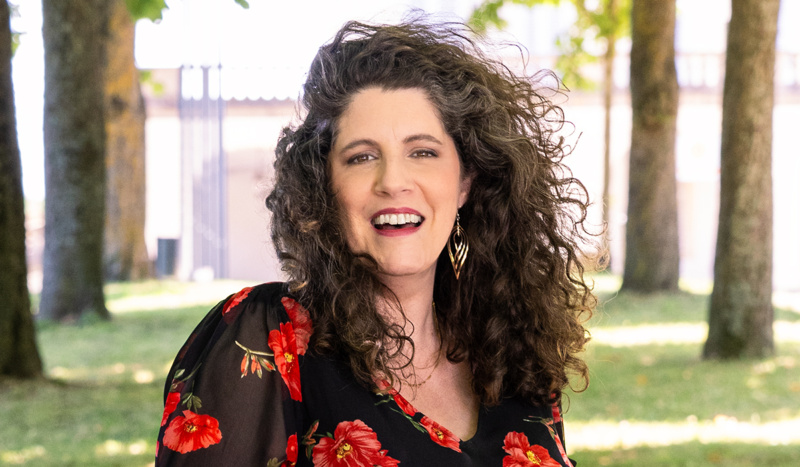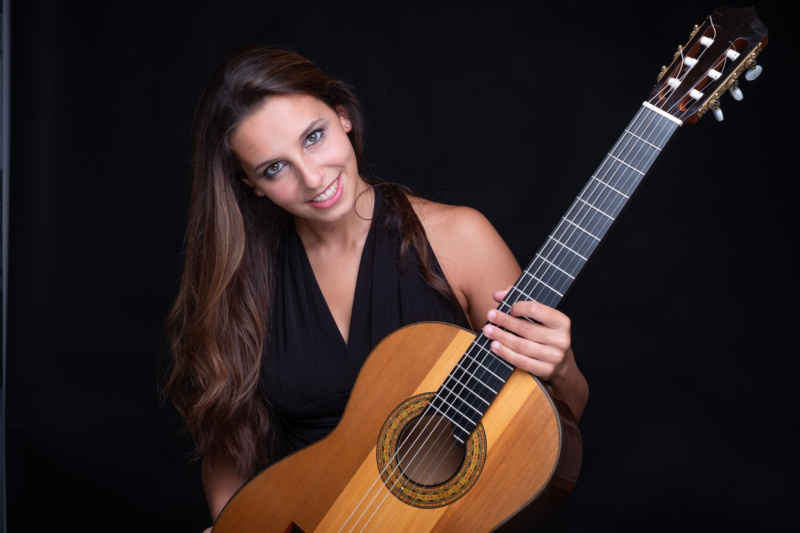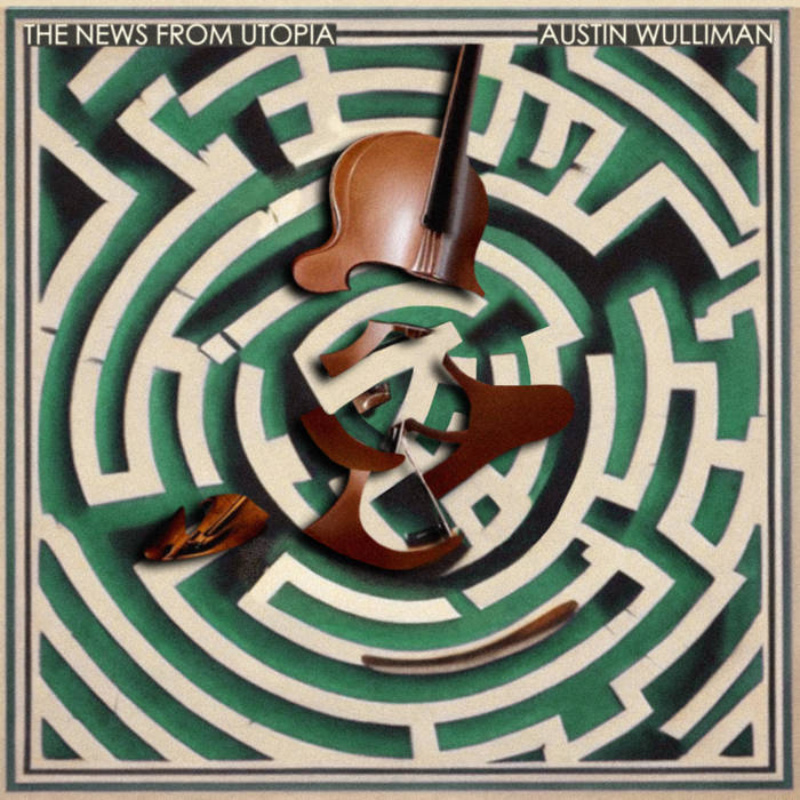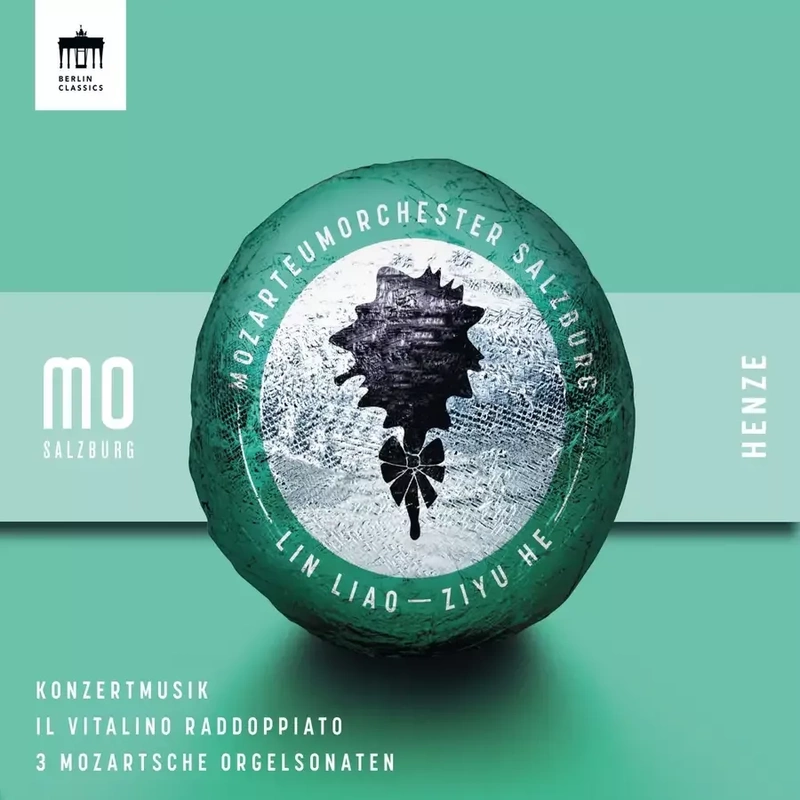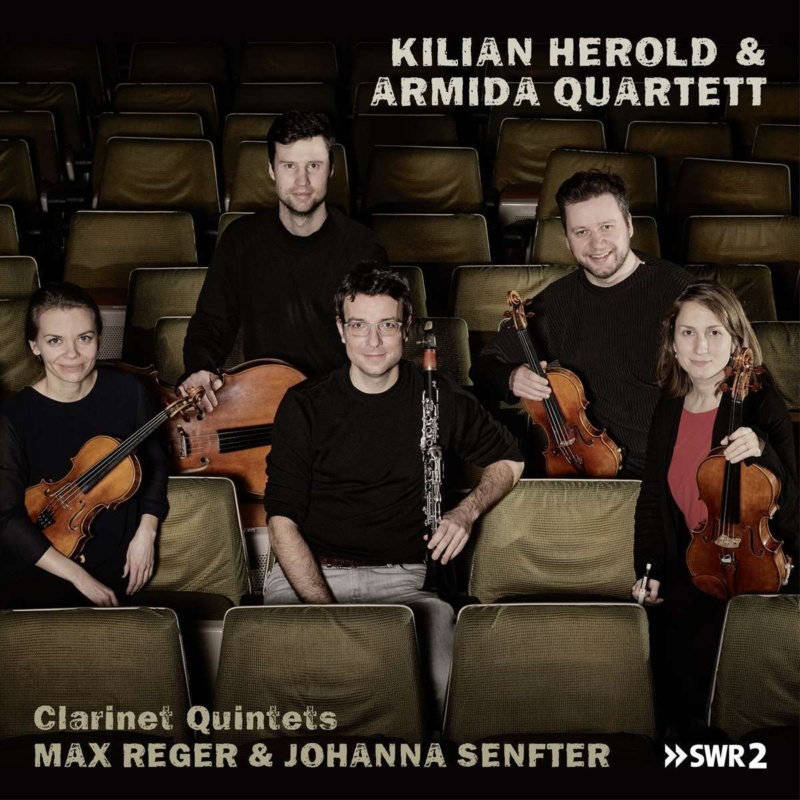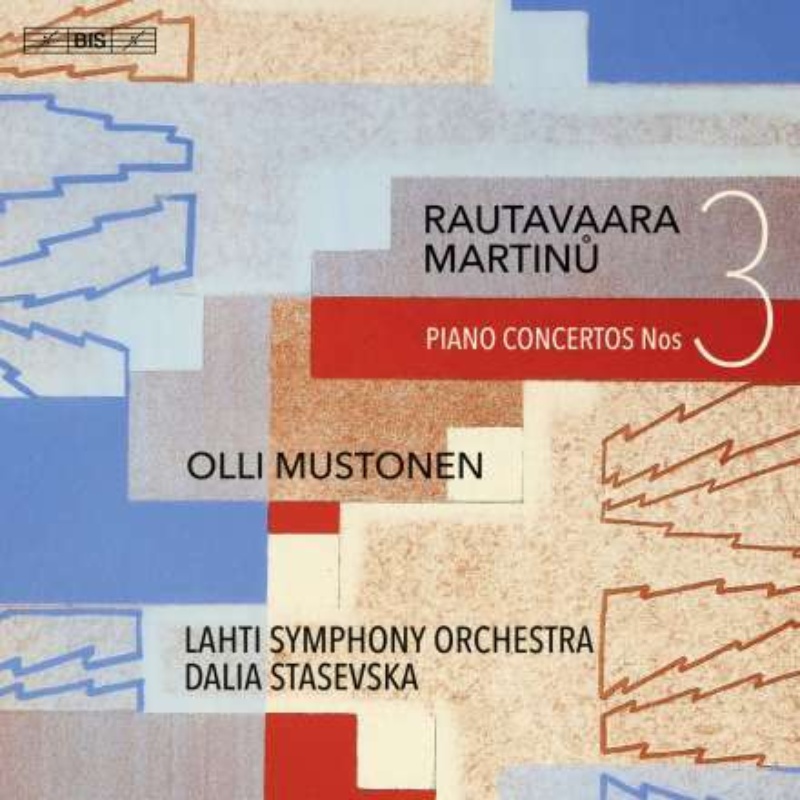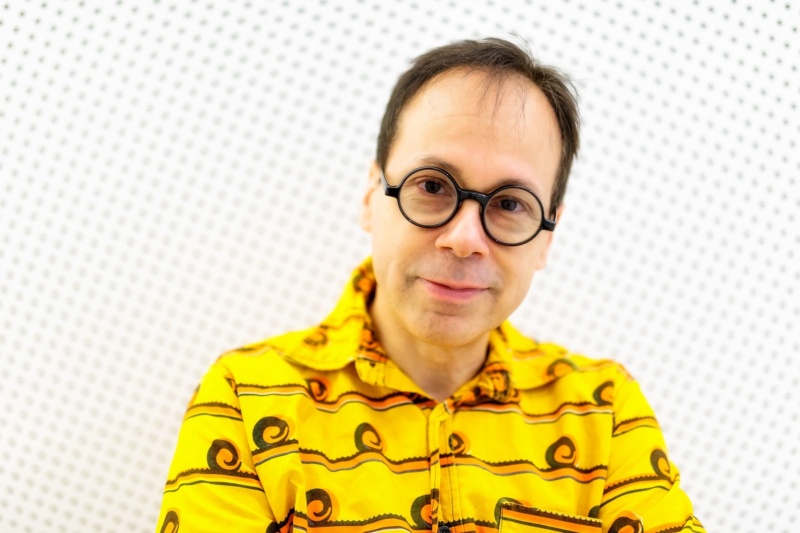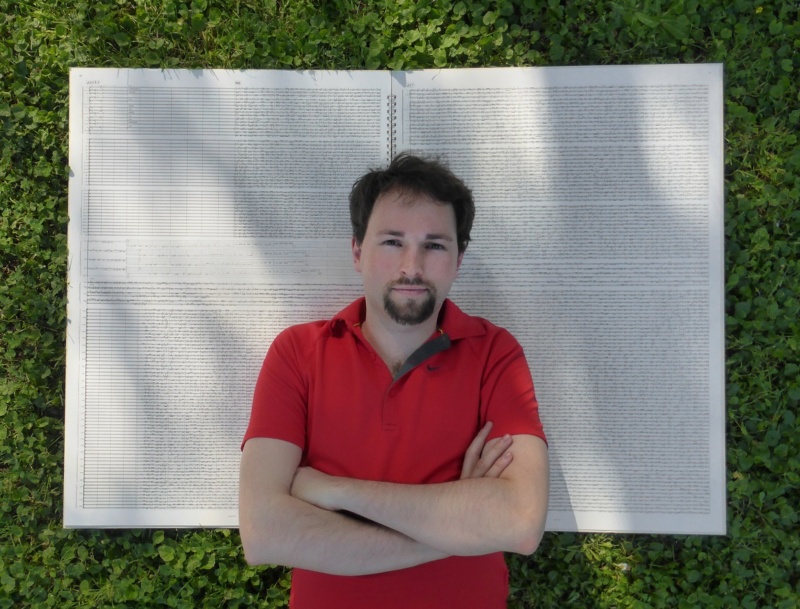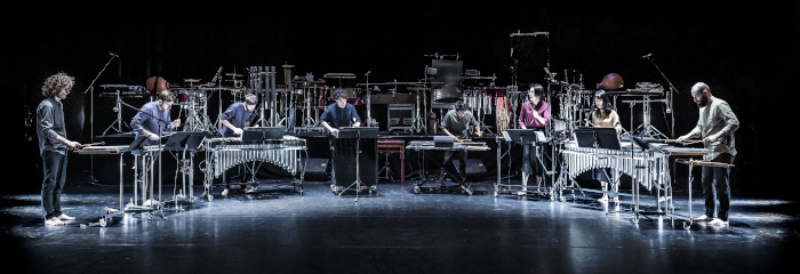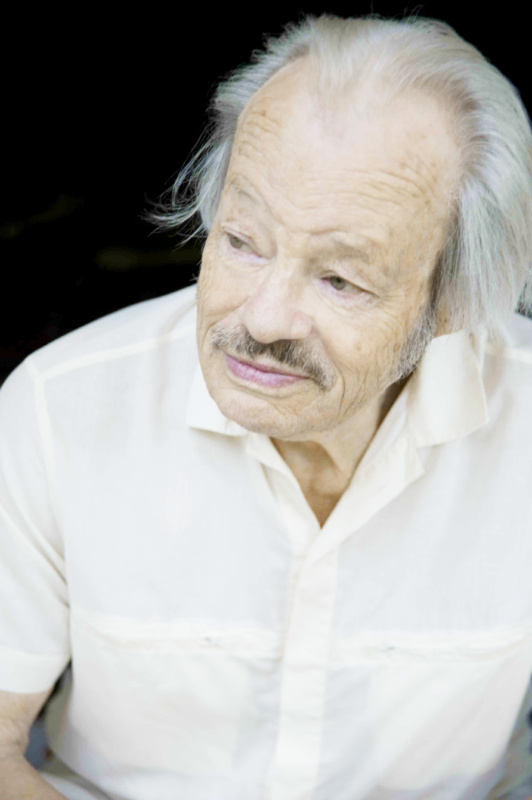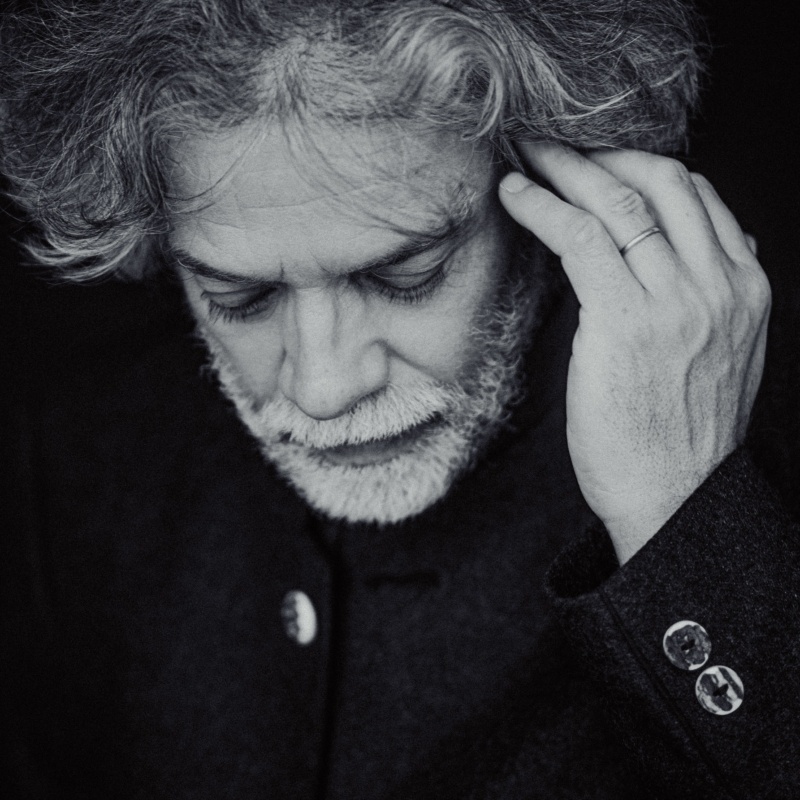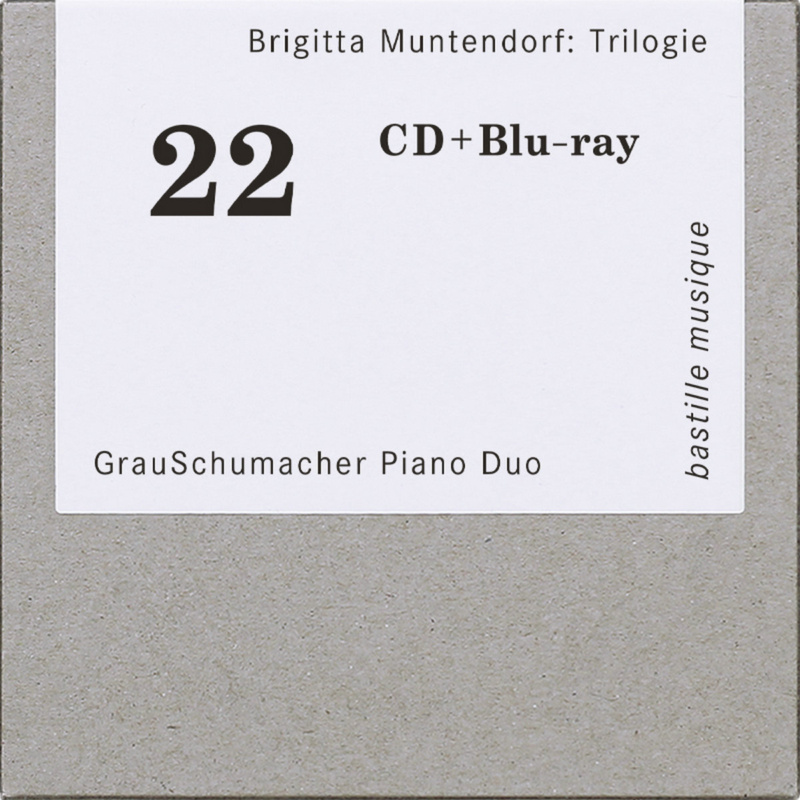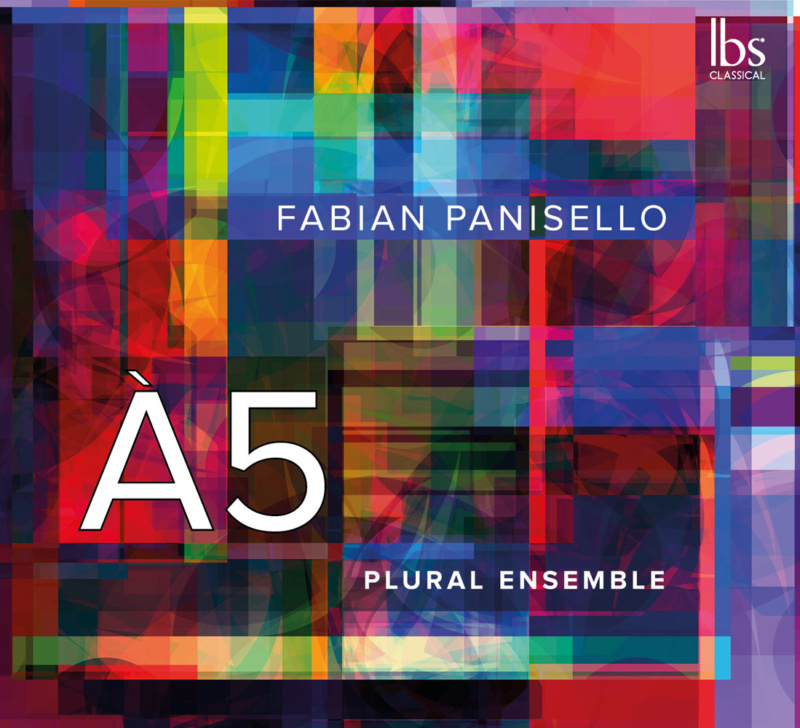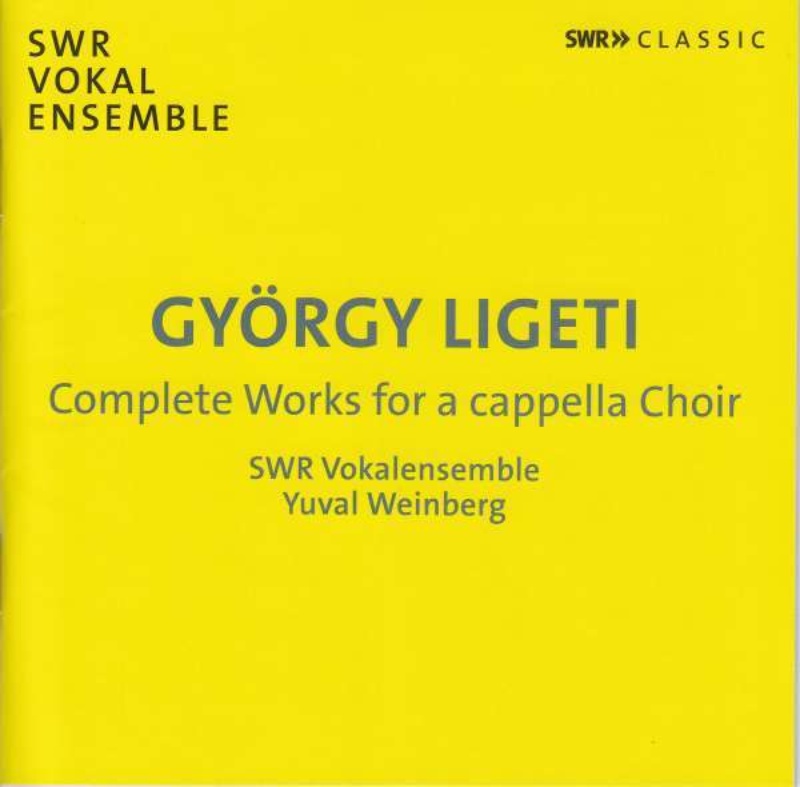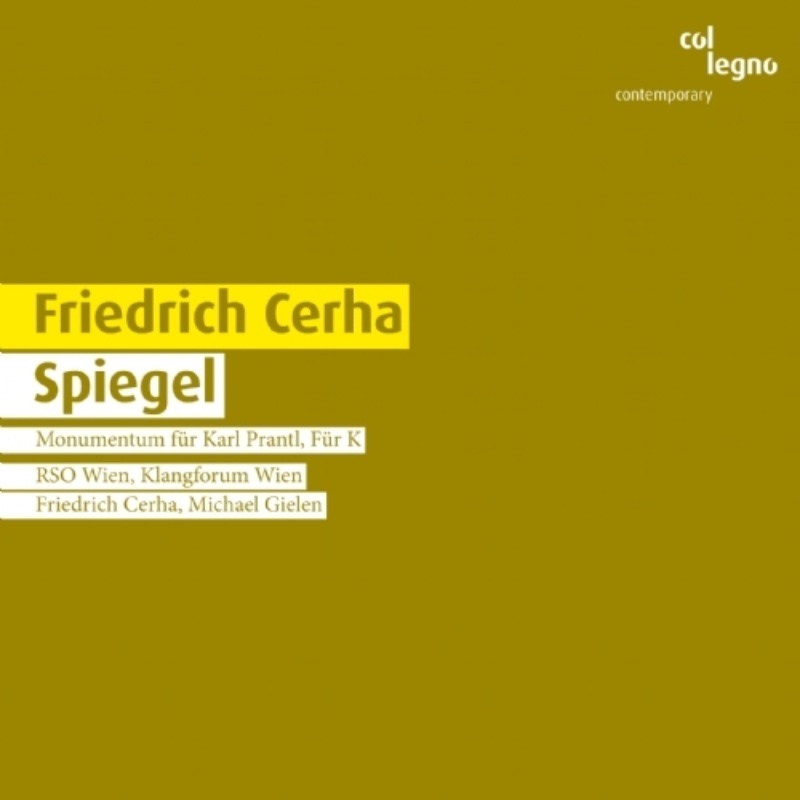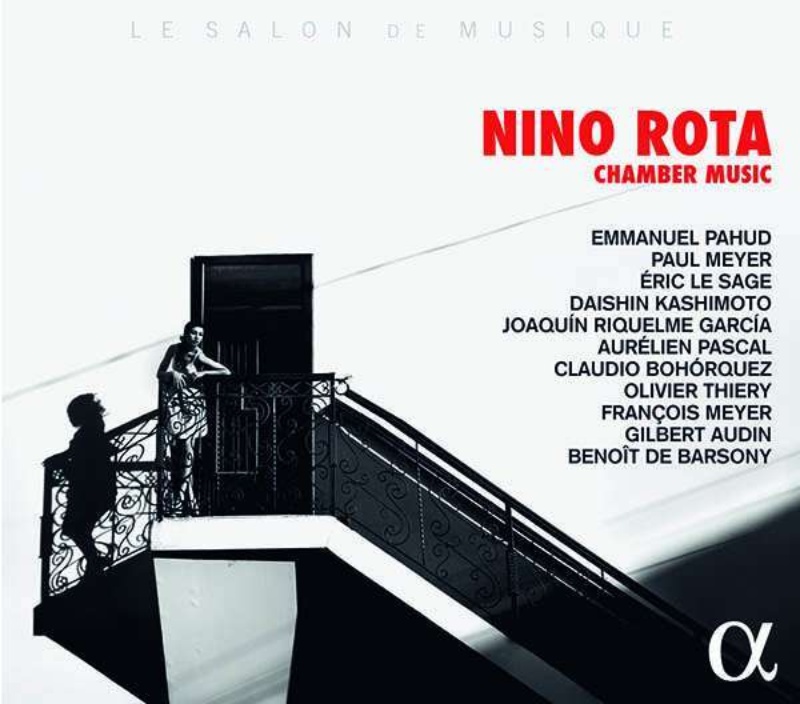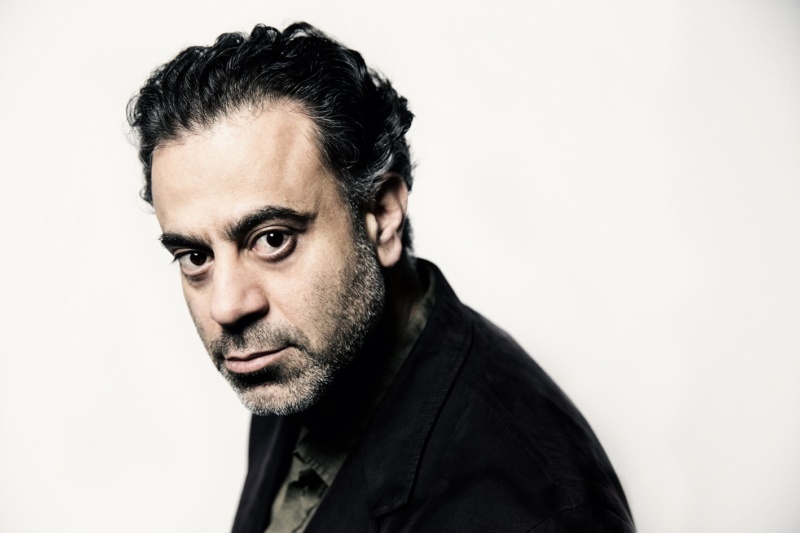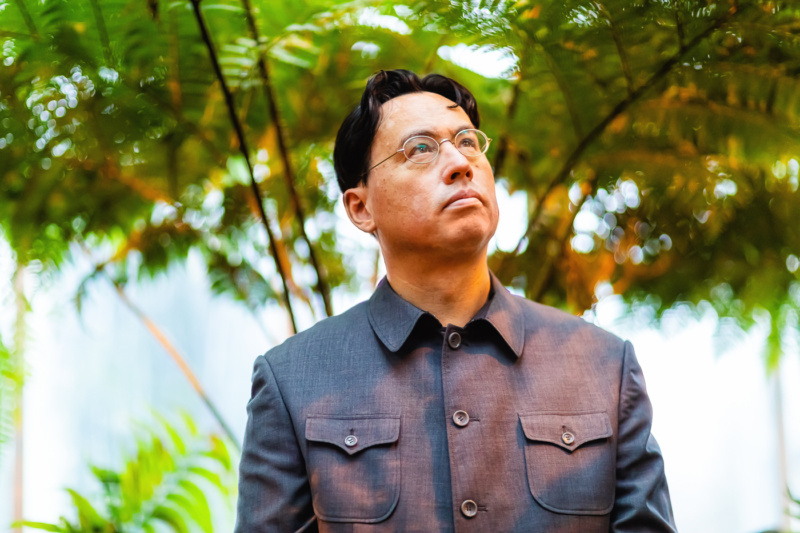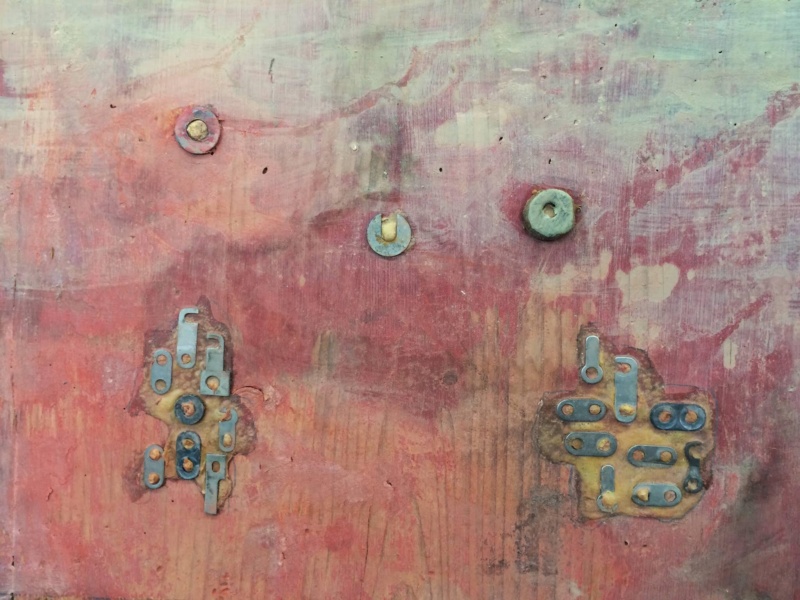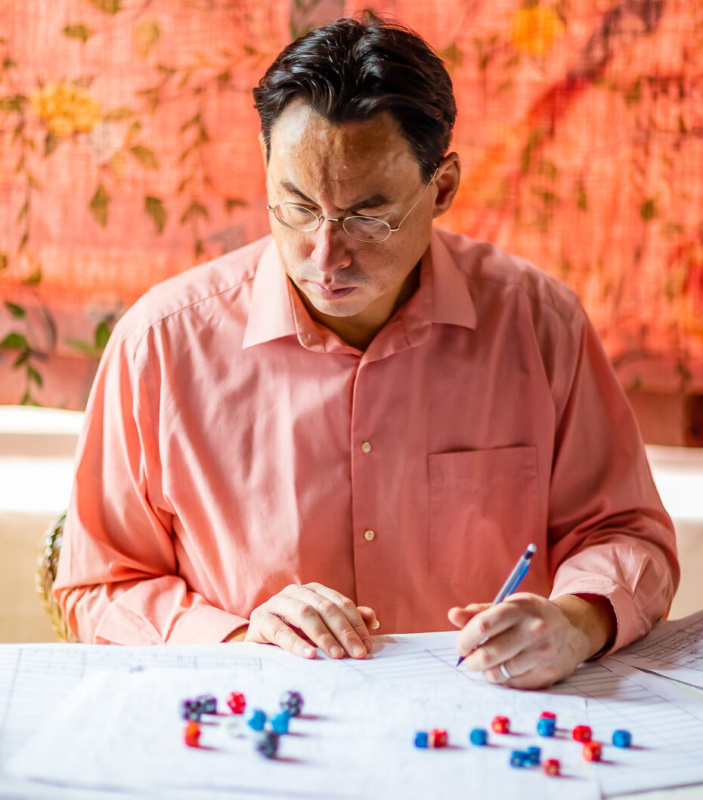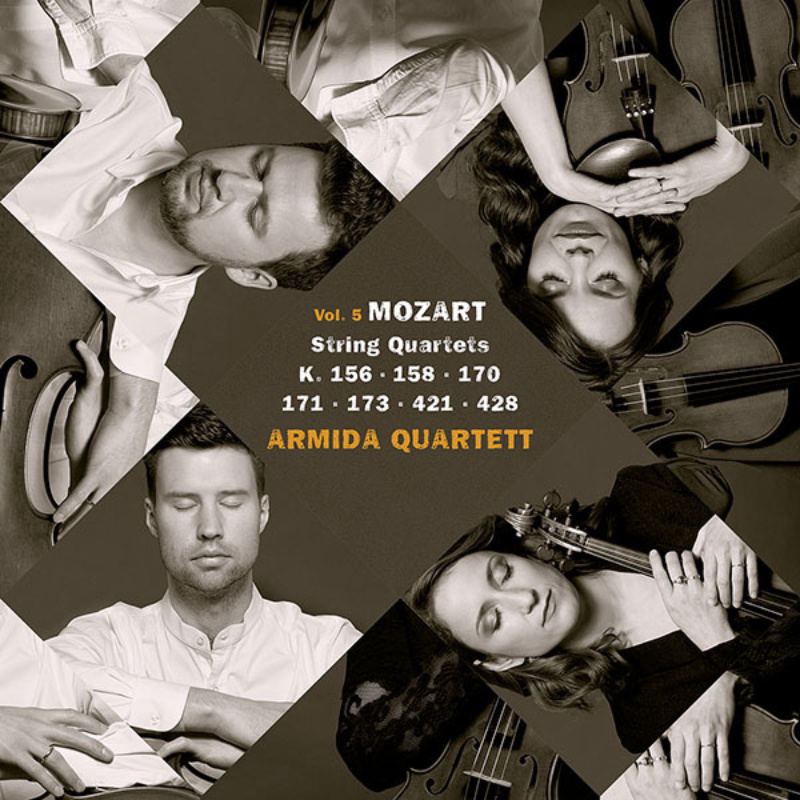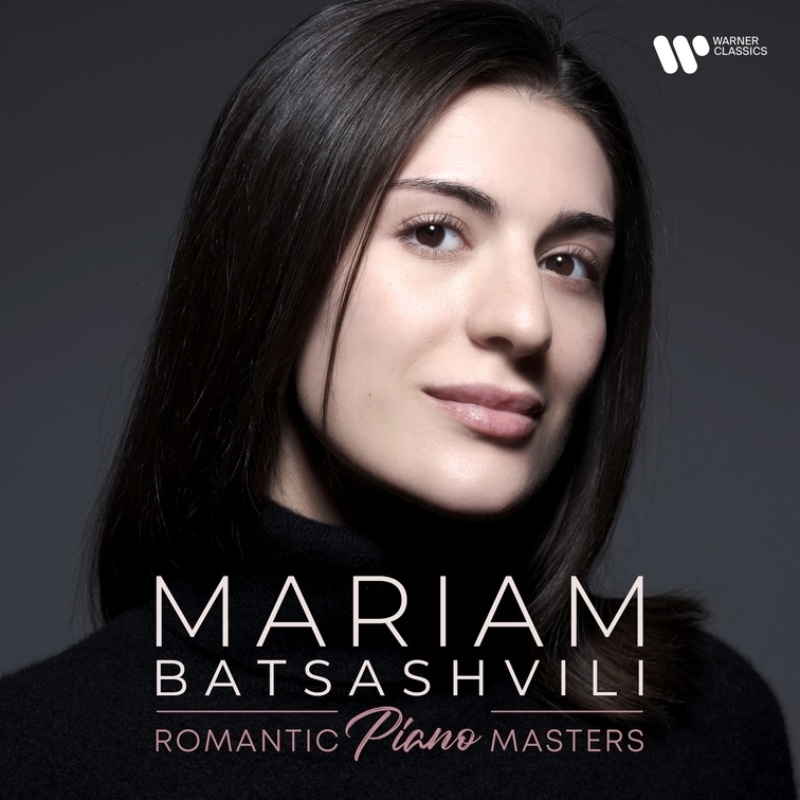On 17 October 2014 Oh cristalina... will form part of the opening concert of the Donaueschingen Festival, with the SWR Symphony Orchestra and SWR Vokalensemble Stuttgart. It is with happy anticipation that Hans Zender is looking forward to the event: "Since I stopped conducting, I now enjoy just sitting down and listening," he says, especially as he knows that the world premiere is in the hands of conductor Emilio Pomárico, "one of my favorites, really."
"I tend to steer towards choral and vocal music and for me, the highlight of composing is when I can use both singers and orchestra," Hans Zender explains. One look at his catalogue of works confirms this – his Cantos, a series of pieces for voices and instruments which he worked on throughout his entire career, is extensive. However, Oh cristalina… is part of a different cycle; the composer did not want it to be included in the Cantos. "These are four short pieces between ten and 25 minutes in length, which can be performed independently – or now, as a whole.” The first of these pieces, Adónde? Where? which is based on the Cántico espiritual by the Spanish mystic San Juan de la Cruz, was premiered five years ago in Berlin by the Klangforum Wien. It was followed by Oh bosques! / O forests! (premiered in 2010 by the Bavarian Radio Choir and Symphony Orchestra) and Por qué? / Why? (March 2014, SWR Vokalensemble). "The new piece contains texts from the beginning of the Cántico espiritual that I had not used before because for the other pieces, I had randomly picked out verses that I liked. The first 13 or 14 stanzas are now complete, albeit in the wrong order, and the whole work becomes a cycle, which was not planned from the start," says the composer.
However, it is not too surprising that he could not get Saint John of the Cross out of his head so quickly. "For me he is one of the great poets of world literature, and I have adored him from a young age, but for a long time I dared not touch him." The priest’s Cántico espiritual from 1578 – probably his most well-known text – is a free paraphrase of the Song of Songs. For Hans Zender, this is familiar territory as he used the entire Song of Songs in Hebrew and German for his Canto VIII. "This is now the utmost perfection in poetry that I know of," he says about San Juan de la Cruz's work. "As a composer I let myself be led, although not par for par, by the rhythm and the sound of the poem. In this case, it is not only the characteristic sound of the Spanish language, but also a very interesting metric structure that alternates between seven and eleven syllables per line. And this oscillation between seven and eleven interested me rhythmically, as it results in a very strange feeling of being in limbo." Musically, Hans Zender did not use historical or geographical localisations of the text – the 16th century and the rich Iberian musical tradition are not his subject matter. "However, subliminally there is a certain chromaticism at work or more precisely, the microtonality attempts to carry forward the vowels of San Juan de la Cruz with their incredible colours. And that is really where I start musically: to present microtonality, which I have dealt with a lot in my work since the 1990s, in a very dense network once again."
Unlike many spectralist composers who rely on a fundamental tone in order to make overtones tangible, taking into account harmonic constraints, and also in contrast to Luigi Nono, who exposed smaller and smaller intervals using microtonal differentiation, Hans Zender took his own path into microtonality. "Of course, all these routes come close to each other because you become obsessed with the new sounds. Because these really are new sounds!" explains the composer. "However, compared with Nono, I do the contrary: I try to purify the intervals that are, due to the tempered tuning, “dirty” in our sound system by working with twelfth tones. Thus, I have 72 tones per octave, six times twelve. If I, for example, detract a twelfth tone from a major third, I get a pure interval, just like when I detract a sixth tone from a minor seventh. And if I take a tritone and detract a quarter tone, or three twelfths, then I get a pure tritone."
"This technique makes these strong intervals seem purified," he continues. "For me, it has something to do with air pollution and marine pollution. If you remove the toxins in different quantums, you can attain pure water again. This was one of my main objectives in my handling of harmony over the last 25 years." For Hans Zender, the attention to pure intervals practised by specialists of Early Music has always been exemplary. "I wanted to have the same thing in New Music, but with much more complex harmonies," he says. Under no circumstances would he sacrifice the achievements of atonality for a pure sound – and he dedicated the first part of the cycle to Arnold Schoenberg. On first glance, this dedication may even seem paradoxical, as Schoenberg's twelve-tone compositions require the perfect temperament of the halftone scale. However, in his theory of harmony dating from 1911, the composer had predicted, in a prophetic way, a new engagement with the worlds of overtones and had called the tempered system "a ceasefire of indefinite length."
As this ceasefire was observed over centuries on most parts, Hans Zender's works place the listener into new sound situations. "My music demands the listener to pay very close attention in order to then rediscover harmony. That's the dream," says the composer. The harmony is supposed to be crystal clear. "That is why I liked the title Oh cristalina... so much. It occurs in the text and refers to the sound that I have in mind as an ideal – not only in this piece, but especially here. Because the sound is a reflection of what San Juan de la Cruz is looking for in poetry. It is hard to describe, and I am not a linguist – but I have the feeling that in his writing, he reaches an extraordinary pureness. He does not describe the spiritual world as a projection or as a construct or as a subjective sensation, but he describes it as a reality. We are not used to this today; in modern literature, we find the terms and images deconstructed or extinguished, in a kind of negative dialectic. But there is also the possibility to do the opposite. And this is actually my way, to put everything together again, only in a much more nuanced and subtle way – harmonically, formally, in every respect."
For Hans Zender, the quest for integrity is at the heart of the Cántico espiritual: "It is about the interaction between the physical, represented here by the bride, and the spiritual, the groom. Due to the contact becoming ever closer, eventually leading to fusion, the bride in this poetic image is freed and flies up as a dove. At this moment the groom says to her: You must not fly away. ‘Vuélvete paloma', turn back! In order for us to meet each other, you have to stay on the ground and do all the hard work.” And with a wink he adds: "You cannot just fly away and operate solely from your emotion, but you have to build everything yourself, brick by brick – and then it flies."
The new piece can of course only take off after an intense rehearsal
process in which the singers and the instrumentalists must first learn
how to deal with the modified intervals. This might be difficult, but it
is manageable especially due to the fact that the "purified" third,
seventh and tritone intervals always sound together with their root.
"That means that the performers can check with their own ear: am I in
tune? And they actually learn it in a short space of time," says the
composer. Another helping factor is that Hans Zender's musical language
is anything but alien to the musicians of the SWR Radio Symphony
Orchestra and SWR Vokalensemble. Hans Zender has had a close connection
with the SWR Symphony Orchestra for a long time and not only as a
conductor; the orchestra has also performed many of his works. "And the
Vokalensemble has just premiered the penultimate piece of the cycle this
year, again incredibly well! I feel really blessed with these two
ensembles. It is all the worse, of course, that one of them is to be
closed down," he regrets. "There are not many orchestras like the SWR
Symphony Orchestra, where the musicians are so passionate about New
Music that they invest so much. They explore new pieces in their spare
time, they play chamber music by composers whose works they perform in
Donaueschingen, they even award a prize to the orchestral piece which
they consider to be the best. This is really a paradise, not to be found
anywhere else in the world."
Nina Rohlfs 10/2014
